What is Google’s New Performance Max Campaign
The SEO landscape is one that changes daily. We’re noticing a recent change: more and more people are using Google’s Performance Max tool. This is Google’s goal-based campaign type which lets advertisers access their entire Google Ads inventory in one campaign. As a result, it helps advertisers target customers who are converting. Google describes Performance Max as something designed to compliment your keyword campaigns.
Since it’s usable on all of Google’s platforms (YouTube, Search, Gmail, etc.), the convenience is appealing. Its automation features only enhance the appeal. You should know some things about Performance Max before committing to the campaign, though. In this article, we’ll go into detail about what Performance Max is and how to get the most out of your campaigns.
What is Performance Max?
At SMX Next, the global product lead at Google Ads, Rodney Ip, described the new Performance Max campaign. He described the goal-based campaign as one that “aims to increase online sales, generate more leads and drive store visits to physical business locations.” Of course, conversion is one of the biggest goals. When customers convert, they change from being a page click to an in-store appearance or performing other campaign-driven actions.
“[Performance Max] is designed to run alongside keyword-based search campaigns so you can easily drive more conversions across the full range of search, display, YouTube, Gmail, and Discover formats, all with a single campaign,” he stated.
How Does Performance Max Work?
By optimizing performance in real-time and across channels with Smart Bidding, Performance Max delivers more conversions and helps you optimize your campaign toward your specific goals. It uses several of Google’s automation technologies in a variety of areas. As a result, everything from bidding, audiences, creatives, and attribution is optimized – Among others. All of this is driven towards your own specific goals.
It uses machine learning to make these optimizations. In order to use it, you need to feed it the inputs you need. For example, consider customer data and robust text and image assets. You can also tell it what conversions you’re looking for, and the model will adjust accordingly. You do this by adding conversion values and setting the value rules, and you can also apply brand safety rules. This helps keep your ads from appearing where you don’t want them.
Cross-Channel Optimization
The campaign inputs that users feed into Performance Max tell it what really matters to your business. This added focus lets the model use targeted technology uniformly across channels. This approach ensures that your ads appear in front of customers who are more likely to interact with them. This can help you spend money where you have the greatest opportunities. Only a data-driven approach can offer that kind of flexibility.
At the same SMX Next talk, Ip used a fishing analogy that we like. You can fish in multiple ponds or fish in the ocean. You might catch a big fish in one of those ponds, but you won’t know if you’re missing other big fish in other ponds. Cross-channel optimization is more like fishing in the ocean, he says. By combining your entire Google Ad inventory, you “cast a wider net” in a single body of water.
Pooling your resources together eliminates the ambiguity in your campaigns. “Use Performance to find new customers wherever they are and simplify your campaign management,” Ip says.
The Best Way to Use Performance Max
Like any campaign, this new tool has its own best practices. However, to get the most out of Performance Max and your advertising resources, there are some ways to improve your conversion rate.
- Choose Goals Carefully – Your campaign should have actionable goals tailored to its needs. Not every campaign needs to do the same thing for every company. Instead, you should make sure your inputs apply to your company.
- Use Value-Based Bidding – Your bidding strategy should be able to tell how valuable your conversions are. This helps Performance Max prioritize creating the kinds of conversions you want.
- Remember Offline Conversions – Not every conversion happens online. You can pair Performance Max with offline conversion data to help drive in-store appearances.
What Makes Performance Max Special?
There are a lot of automated campaign options on the market. Most of these operate on a single inventory, from smart campaigns to Universal App (UA) campaigns. The biggest appeal of Performance Max is the “wider net” Ip referred to. Because it runs across your entire inventory, you are able to set up and run a single campaign. In addition, it can be a lot easier to itemize data and track trends in conversion this way.
Google plans to continue to invest in and expand Performance Max. As a result, you can expect the model to become easier to understand and use in the future. With the new shift towards automated advertising, Performance Max is shaping up to be a game-changer. If you need more information like this, search our article database on Emu Web Marketing.

